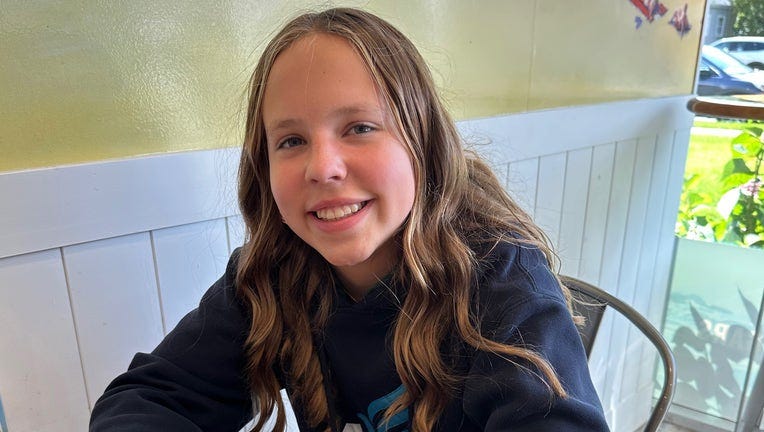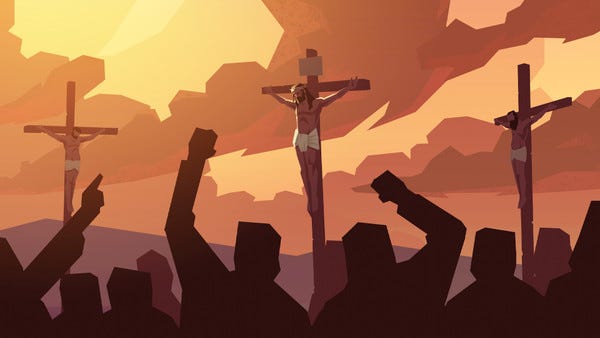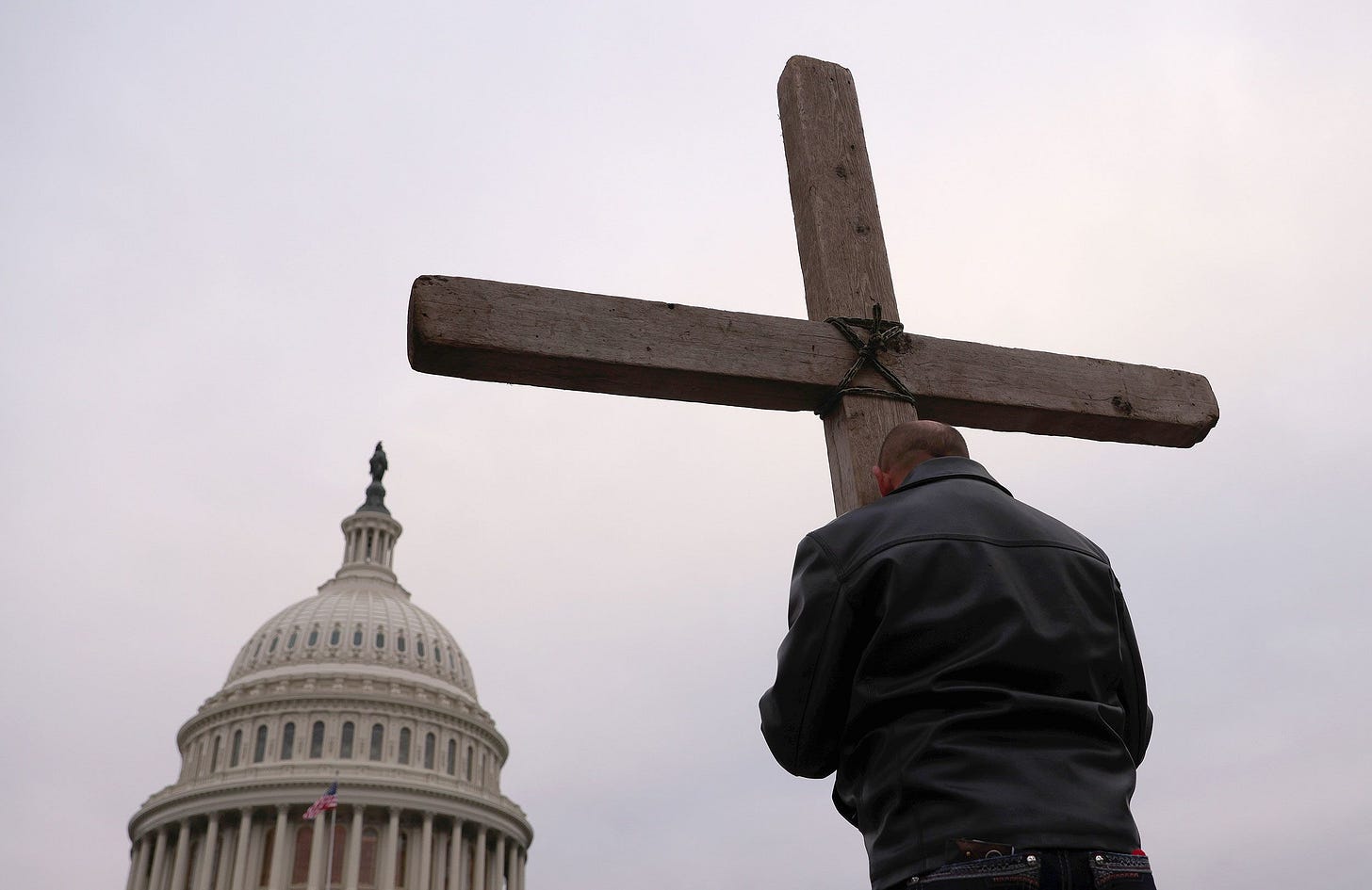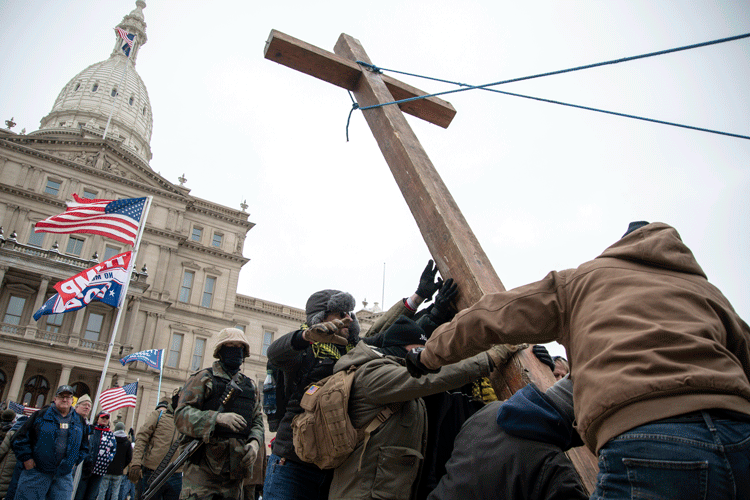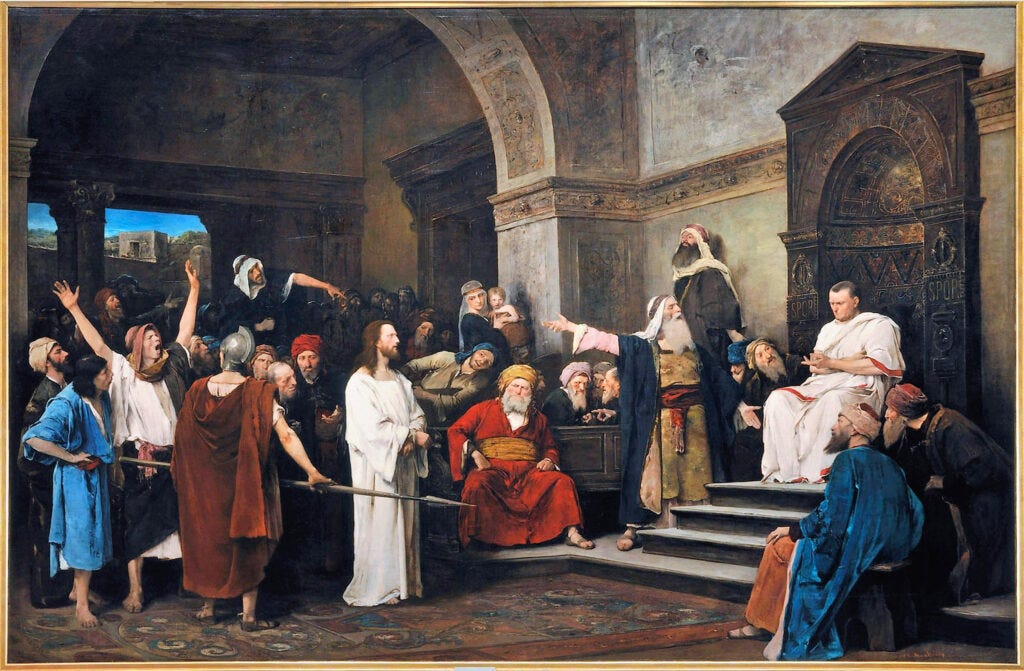Miracles Still Do Happen
The Healing of Sophia Forchas
Twelve-year-old Sophia Forchas is one story that is causing present societies to pause in wonder. Shot in the temple during a weekday school Mass at Annunciation Catholic Church in Minneapolis, she was not expected to live. Her parents were told to brace for the worst. And yet, two months later, Sophia has walked out of the hospital, smiling, ready to return home.
The family’s words are unambiguous: “Sophia surviving this horrific attack is a miracle… an undeniable testament to the mercy and intervention of our Lord Jesus Christ.” They are right.
The Return of a Living Miracle
Sophia’s survival cannot be reduced to a clinical anomaly or the lucky alignment of medical expertise. As her neurosurgeon, Dr. Walt Galicich, put it, “To see her walking around wanting to go home and go back to school is pretty amazing.” It is indeed, but not merely in the medical sense. Her recovery defies the logic of chance and aligns with the logic of grace.
The Forchas family has not tried to secularize the event or hide behind vague appeals to “resilience.” They called it a miracle wrought through prayer and divine mercy. “There are simply too many [factors] to be dismissed as coincidence,” they wrote. Their daughter’s return is a revelation to a secularized world of God’s mercy in a world that has forgotten how to see it.
But the story of Annunciation cannot be told without facing the evil that brought it about. On August 27, a trans-identifying gunman, 23-year-old Robin Westman, opened fire through the windows of Annunciation Church while children attended Mass. The attack left two students dead: 8-year-old Fletcher Merkel and 10-year-old Harper Moyski. It also wounded 27 others before the shooter turned the gun on himself.
The killer left behind a collection of writings and videos that, according to investigators, brimmed with “deeply troubling and hateful thoughts and intentions,” directed toward Christians, Jews, President Donald Trump, and his own transgender identity.
This was far from a random act of violence but a targeted hate crime born of spiritual confusion and moral chaos, a veritable desecration of sacred ground at the very hour when children gathered before the altar of the Living God.
The Church of the Annunciation now stands as a modern Calvary. In that sanctuary, as in every Eucharistic celebration, Heaven meets earth. And on that August morning, innocence met rage, sanctity met sacrilege, and yet grace was not overcome.
The Culture of Unholy Confusion
We must have the moral courage to name what happened for what it was: an eruption of hatred born from a culture that has unmoored itself from truth.
The shooter’s self-loathing and anger toward God, his identity confusion, and even his reference to marijuana “f***ing up my head” are the fruits of a civilization that tells its children they can invent their own identity, that there is no divine order, and that pain can be medicated instead of redeemed.
In an age that calls confusion “authenticity,” mutilation “liberation,” and rebellion “truth,” it is no surprise that hatred eventually turns toward the Cross. St. Paul warned that when men suppress the truth, “their senseless minds become darkened” (Romans 1:21). What we saw at Annunciation was precisely that darkness, armed and weaponized against the image of God in His children.
But here is the paradox: the more Satan tries to destroy innocence, the more Christ redeems it. Out of the ashes of that attack came a miracle named Sophia. Her name, meaning “wisdom,” now stands as a providential symbol. God, in His wisdom, allowed evil to strike so that the world might remember that His grace is still stronger.
The deaths of Fletcher and Harper must not be forgotten. In the early Church, such children were regarded as martyrs, as innocents slain for their faith, who now intercede before the throne of the Lamb.
Jesus said, “Unless you turn and become like children, you will never enter the kingdom of heaven” (Matthew 18:3). Fletcher and Harper entered that Kingdom on a weekday morning, kneeling before the altar at the moment when the Bread of Life was raised before them. Their blood mingled mystically with the Blood of the Lamb they came to adore.
Tertullian once wrote, “The blood of the martyrs is the seed of the Church.” If so, then the soil of Minneapolis has now been watered with the blood of two young saints. In a nation that has grown cold to grace, their deaths may yet awaken souls to the reality that faith is a truth worth dying for.
The Silence of a Cowardly Age
It is telling how quickly this story vanished from national headlines. The same media that would have staged weeks of outrage had the shooter been a white male Christian barely blinked when the killer identified as transgender. There were no national protests, no primetime specials, no corporate solidarity campaigns.
Why? Because the narrative did not fit the ideological script. The very culture that preaches “tolerance” has become incapable of moral honesty when evil emerges from within its own tribe. When the ideology of self-creation breeds hatred, the world looks away.
Yet truth remains stubborn. You can silence headlines, but you cannot silence the cries of the innocent. You can bury the story, but you cannot bury the witness of Sophia walking again. You can censor the Gospel and the truth, but you cannot stop it from breaking through the cracks.
The Forchas family’s testimony is a rebuke to modern materialism. They did not say “we were lucky” or “medicine worked wonders.” They said, “God has heard our prayers and wrapped Sophia in His healing embrace.”
Prayer, in their story, is the hinge on which history turns. In a world that worships science as a savior, Sophia’s recovery reminds us that medicine can mend, but only God can resurrect.
Her skull was partially removed to save her life; her mind, doctors said, could be impaired. Yet she speaks, walks, and plans to return to school. Every neuron that fired, every cell that healed, every heartbeat sustained, each is a note in the divine symphony of providence.
The Church has always known this rhythm. Miracles are both suspensions of natural law and revelations of its Creator. When the world says, “It shouldn’t have been possible,” faith replies, “With God all things are possible” (Matthew 19:26).
Annunciation’s tragedy is an act of true madness but it is also a symptom of a civilization that has forgotten the difference between good and evil, sacred and profane, true and false. The attack on that church was not just an assault on a parish; it was an assault on the idea that human life is holy because it bears the image of God.
Catholic anthropology teaches that every human being, male or female, is created intentionally by a loving God, called to communion with Him through Christ. When that truth is rejected, the human person becomes a canvas of confusion, painted over by ideology until nothing of the divine image remains.
That is the root of what we call “gender ideology,” because it is a rebellion against the Creator. Pope Benedict XVI once warned that “the manipulation of nature, which we deplore where our environment is concerned, has now become man’s fundamental choice where he himself is concerned.” We see the fruits of that rebellion in every confused soul who seeks peace by warring against his own body and God.
The Church’s response must not be silence or compromise, but clarity and love. The antidote to confusion is truth. The cure for hatred is sanctity and the only real weapon against despair is hope rooted in the Cross.
A Call to Intercession
The faithful of Minneapolis have begun to gather nightly to pray the Rosary at Annunciation Church. Candles line the steps where bullets once fell. Parents kneel beside their children. They pray for Sophia’s continued healing and also for the conversion of hearts and the protection of every church and school in America.
This is how the Church heals the world by intercession. Evil is conquered by saints embracing the undefeatable truth of the Gospel.
There is deep irony and perhaps divine providence in the fact that the church’s name is Annunciation. It was there that an angel once told a young virgin that God would take flesh in her womb. It was the beginning of the Incarnation, the moment when the Word became vulnerable for our salvation.
At Annunciation in Minneapolis, the mystery repeats itself. Innocence was attacked, and yet, through that suffering, God revealed His presence again. Sophia’s return is a small annunciation to our cynical age: God still enters our world, and His Word still conquers death.
Hope Beyond the Wound
As Sophia returns home, the Church must remember that this miracle is about one girl’s healing, to be sure, but it is also a summons to the rest of us.
We live in a nation that is bleeding spiritually. We see hatred where there should be prayer, confusion where there should be clarity, despair where there should be faith. Yet in the midst of it all, God continues to act. He has not abandoned us; He is waiting for us to turn to Him again.
When the faithful of Annunciation pray the Hail Mary, they echo the same mystery that saved Sophia’s life: “Blessed is the fruit of thy womb, Jesus.” The same Christ who healed Sophia is the One who can heal a nation.
The blood of children cries out from the ground, as it did in Genesis, but this time it cries for both justice and conversion.
May we learn from this miracle that God still reigns. And may we have the courage to proclaim, even through tears, what Sophia’s family has already declared to the world:
“God has heard our prayers and wrapped Sophia in His healing embrace.”
In an age of unbelief, that sentence may yet save more lives than we realize.



